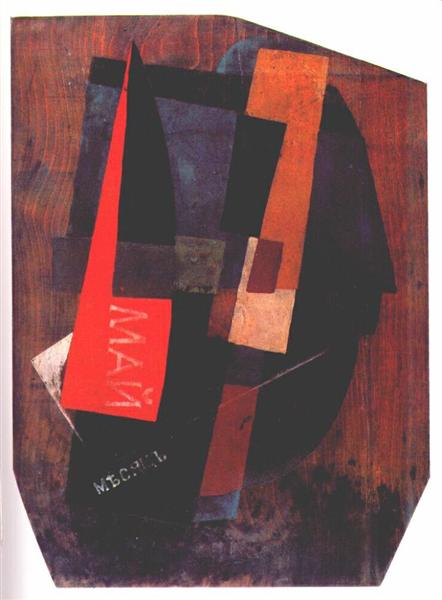
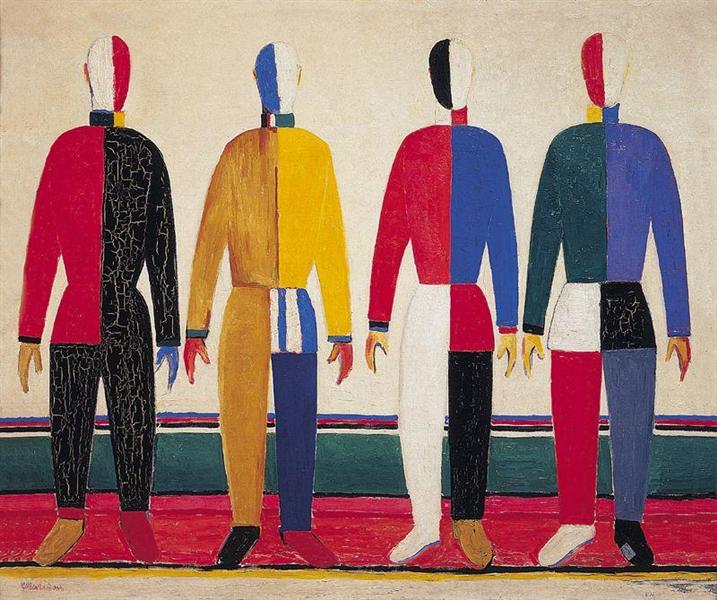



How does the film use classic Soviet montage techniques to tell the worker’s story?
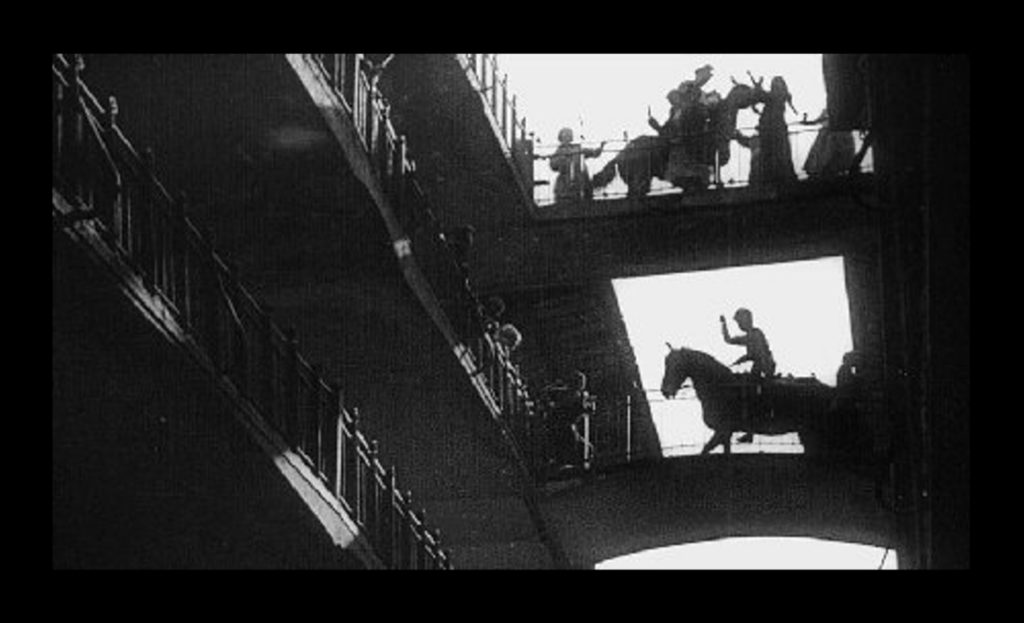
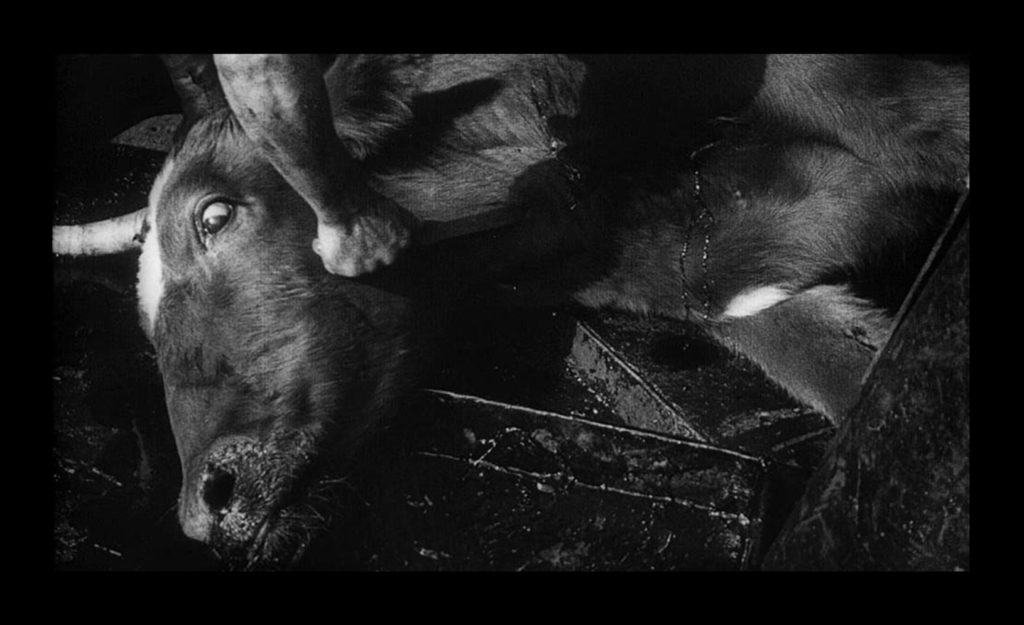
CLASSIC SOVIET CONSTRUCTIVIST FILMS

— — — — — — — — — —
INFLUENCE ON CONTEMPORARY CINEMA


CESARE THE SOMNAMBULIST

— — — — — — — — — —
JANE OLSEN

— — — — — — — — — —
DR. CALIGARI

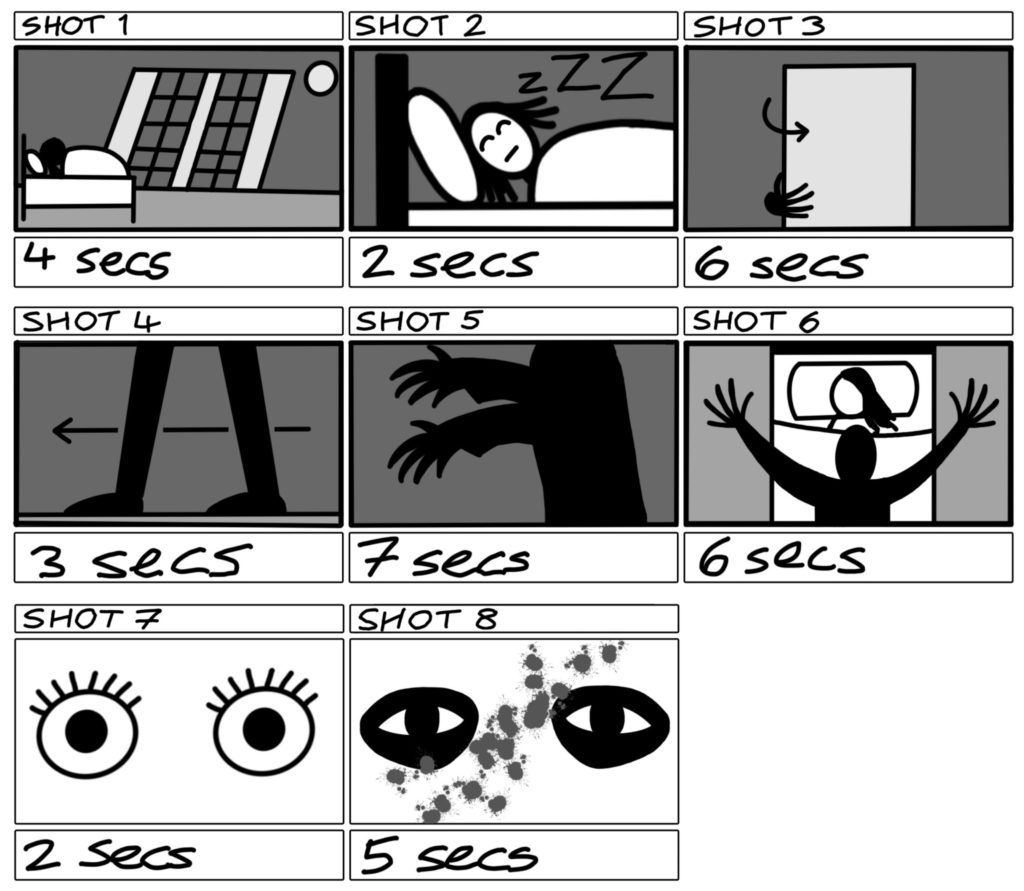
Explain the ways in which the film’s use of mise en scene, cinematography and editing may be regarded as innovative.
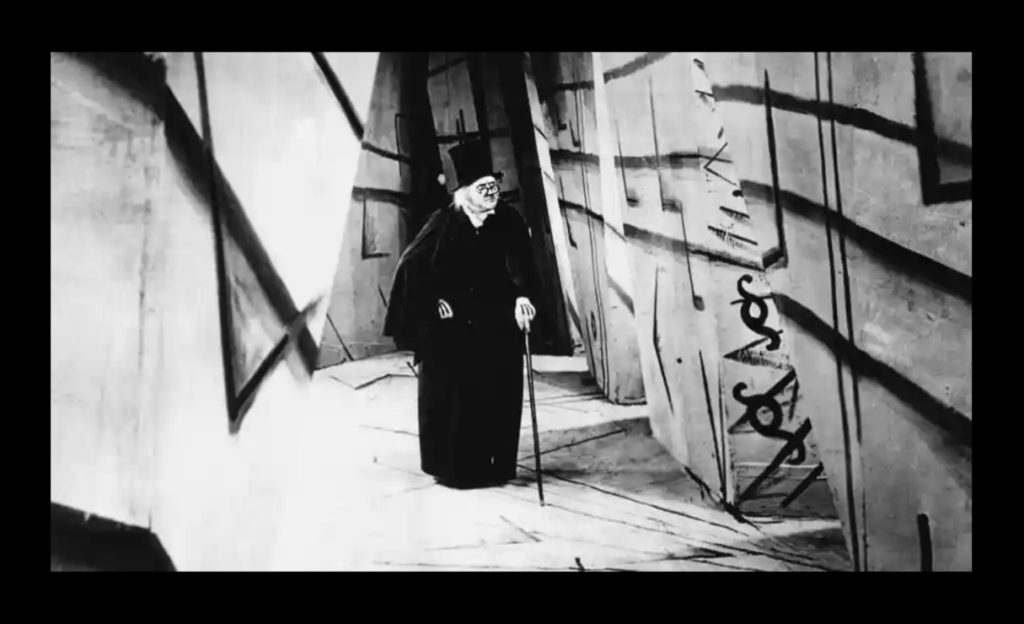
The Cabinet Of Dr. Caligari (1920) is a silent horror film directed by Robert Weine, largely praised as a revolutionary film. The film’s innovative uses of mise en scene, cinematography, and editing helped draw worldwide attention to German cinema and had a huge influence on the modern films of today, especially in horror and film noir genres.
The mise en scene in this film is effectively used to convey the psychological thoughts and feelings of the unreliable narrator, Francis (Friedrich Feher). The complexities of the abstract buildings and winding roads resemble his twisting mentality.
The shadows can contrast between the light and darkness to add to the drama and chaos the film possesses and capture the vision of the madman’s mind.
Characters wearing dark clothing with exaggerated makeup such as Cesare (Conrad Veidt) are presented as evil, whereas Jane (Lil Dagover) wears all white, symbolising innocence, with simple and precise makeup to suggest the purity of her character.
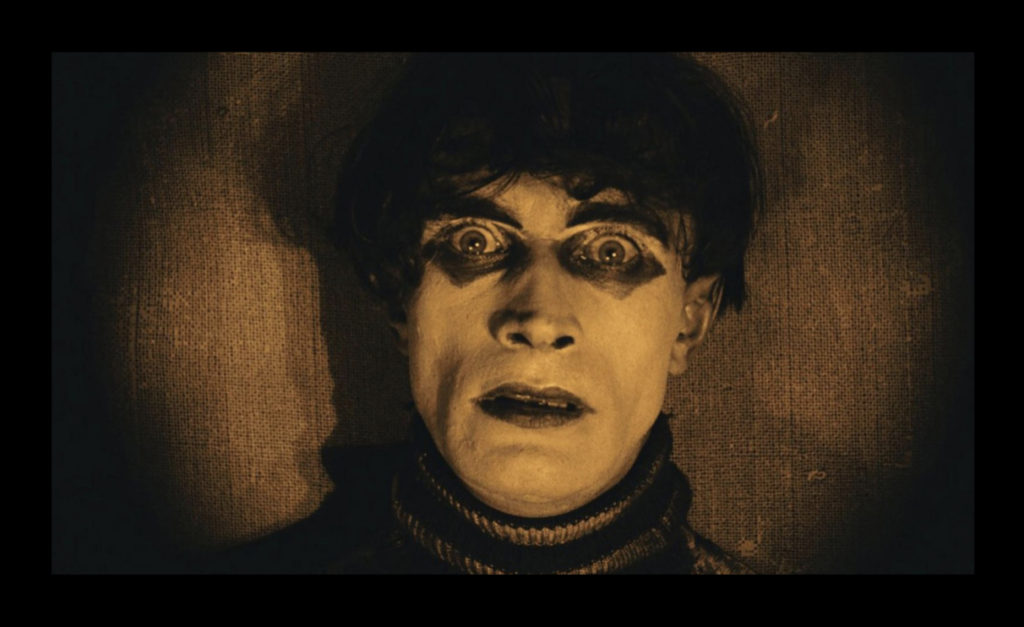
The Weimar Republic was the new government created out of the German Revolution of 1918. It was the first democracy in Germany and was led by members of the Social Democrats, Catholics, and Democratic parties.
The political and social instability, as well as the economic shortages of the Weimar Republic had a major impact on post-war German culture and gave rise to new techniques and styles in German film-making known as Expressionism.

Unable to afford the large casts, huge sets, costumes and props of Hollywood, German film-makers looked for new ways to convey atmosphere, mood and emotion. Expressionist film-makers like F. W. Murnau and Fritz Lang were also concerned with darker storylines and themes, like horror, crime, immorality, social decay and the destructive powers of money and technology.
These directors developed new uses for light, contrast, camera angles and movement, and their innovations came to influence the wealthier and more well-known film studios in Hollywood.